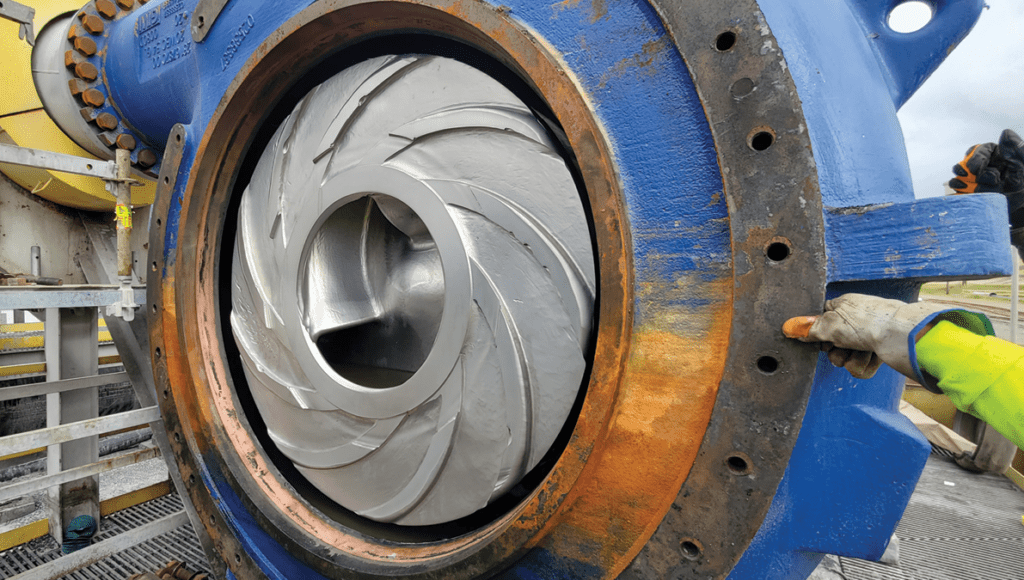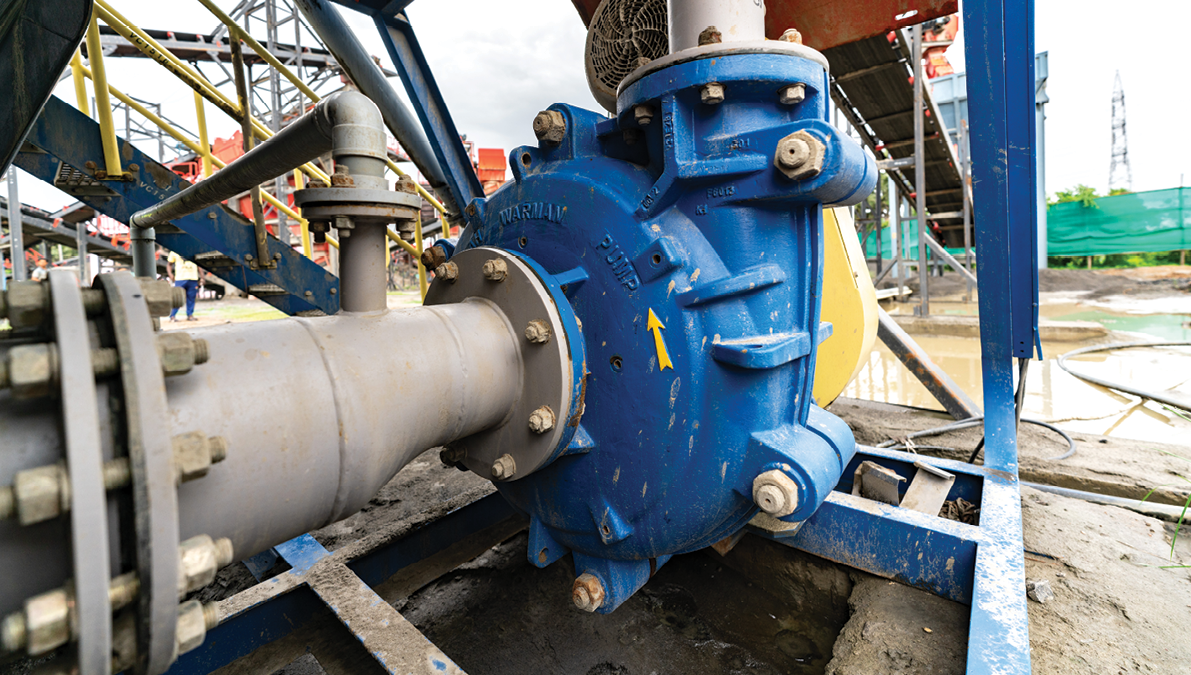Understanding Slurry Wear Mechanisms:
Slurry handling, a common task in various industries like mining, agriculture, and wastewater treatment, involves the transportation of a mixture of solids suspended in liquid. While indispensable for many processes, slurry handling presents challenges, one of the foremost being equipment wear. Managing and minimizing wear in slurry handling equipment is crucial for maintaining operational efficiency and reducing downtime and maintenance costs. In this article, we’ll delve into strategies to handle slurry effectively while mitigating wear, with a focus on pump operating practices.
- Abrasion: Solid particles suspended in the slurry can act as abrasives, gradually wearing down surfaces they come into contact with.
- Erosion: The velocity of the slurry flow can cause erosion, leading to material loss from surfaces.
- Corrosion: Chemical reactions between the slurry and equipment materials can result in corrosion, weakening the structure over time.
Minimizing Wear:
- Material Selection: Choosing materials resistant to abrasion, erosion, and corrosion is paramount. Hardened alloys or ceramics are often preferred for components like pump casings, impellers, and liners.
- Regular Maintenance: Implementing a proactive maintenance schedule helps detect wear early, preventing further damage and minimizing downtime. Inspect components regularly and replace worn parts promptly.
- Optimized Design: Equipment design plays a crucial role in wear mitigation. Smooth flow paths, adequate clearances, and reinforced wear-prone areas can extend equipment lifespan.
- Lubrication and Cooling: Proper lubrication reduces friction and wear, while cooling mechanisms prevent overheating, which can accelerate wear processes.
- Monitoring and Control Systems: Implementing monitoring systems to track factors like temperature, pressure, and flow rates can provide early warnings of potential wear issues, allowing for timely interventions.
Pump Operating Practices:
- Optimal Speed and Flow Rates: Operating pumps within their recommended speed and flow rate ranges minimizes wear caused by excessive forces and velocities.
- Avoid Cavitation: Cavitation, the formation and collapse of vapor bubbles in the pump, can cause severe damage to impellers and casing surfaces. Ensure pumps are adequately primed and operate within specified pressure ranges to prevent cavitation.
- Avoid Run-Dry Conditions: Running pumps without an adequate supply of slurry can lead to overheating and rapid wear. Implement controls to shut down pumps in case of low flow or dry running conditions.
- Regular Inspections: Periodically inspect pump internals for signs of wear, such as erosion or pitting on impeller surfaces. Replace worn parts promptly to prevent further deterioration.
- Proper Installation and Alignment: Ensure pumps are correctly installed and aligned to minimize vibrations and misalignments, which can accelerate wear.
- Training and Education: Properly train operators on pump operation, maintenance, and troubleshooting to ensure optimal performance and prolong equipment lifespan.

By implementing these strategies and adhering to best practices, industries can effectively manage and minimize wear in slurry handling equipment, thereby enhancing operational efficiency and reducing maintenance costs in the long run. Remember, proactive maintenance and careful operation are key to maximizing the lifespan of slurry handling equipment.
